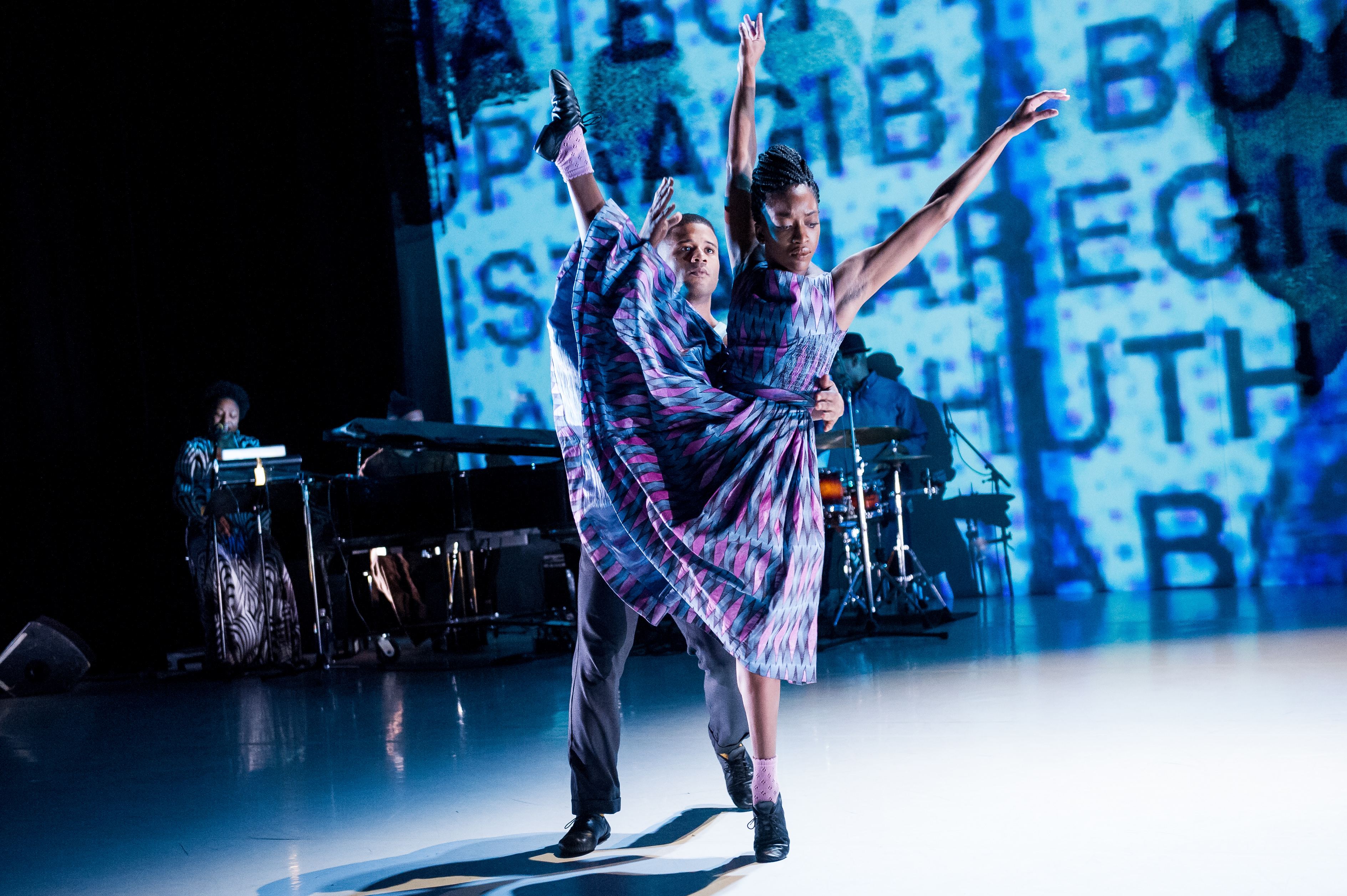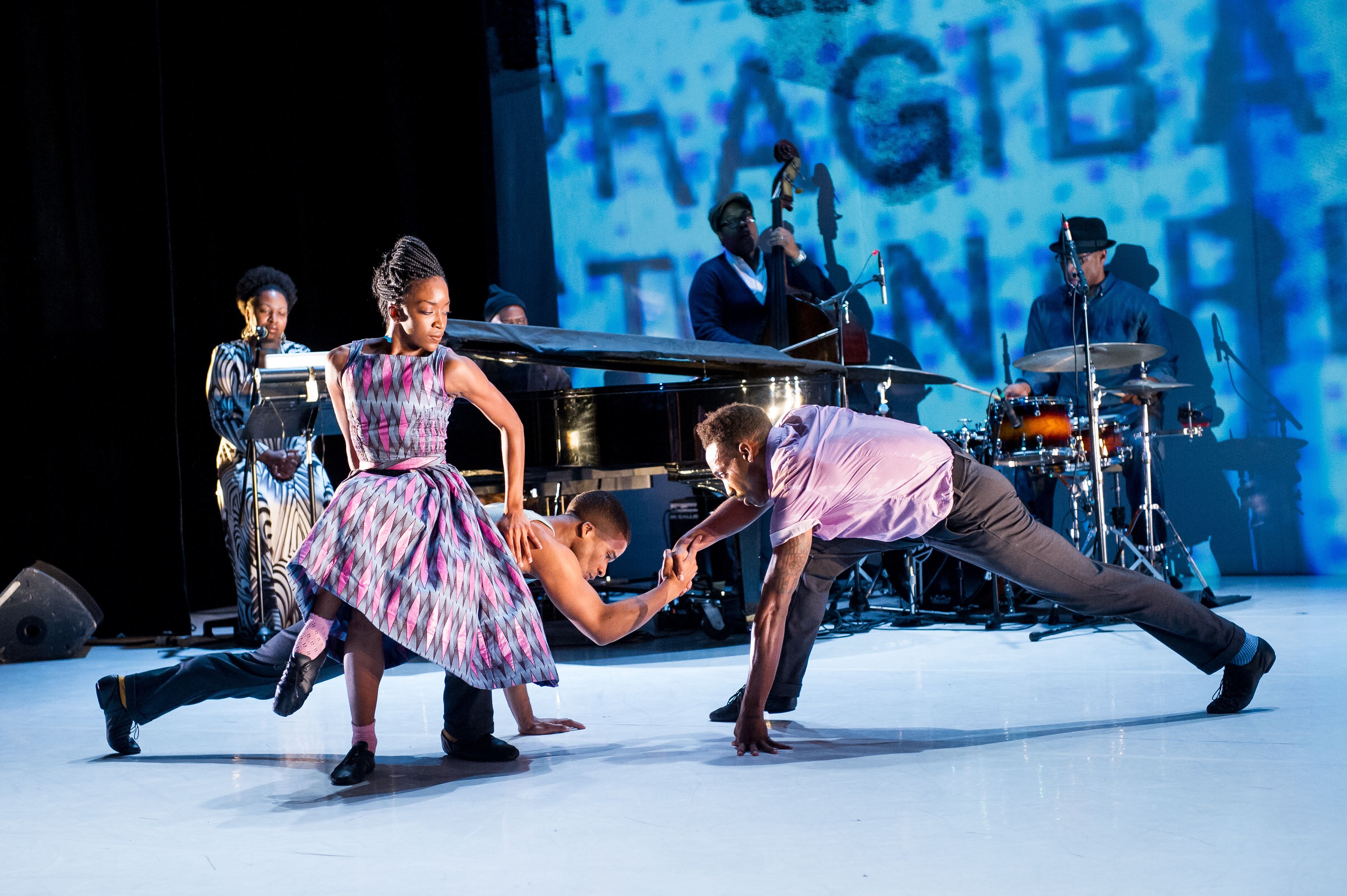Black American dance starting from the Harlem Renaissance has come a long way and has been the start of many popular dances in America and other parts of the world. Some popular and iconic dances are; the jitterbug, Charleston, Lindyhop, and many others. The article, History of Black Dance: 20th-Century Black American Dance , gives a lot of information about the history of Black American dance and lists many men and women who were pioneers and leaders for the creation of new dances and who were responsible for spreading it throughout the country. Many of them took from and researched other countries and ethnicities and brought it back to America by integrating it with dances thus creating something new, fun, and expressive. These people were able to take from their cultures and introduce it to the rest of the world through art and expression that everyone can be a part of.
Going through the times, Black American dance has evolved and became part of others kind of dances such as modern dance. Like the rest, Black Modern dance does not disappoint either.
I personally am not a fan of modern dance. It is too abstract and from the dance performances I’ve seen, they are always slow, haunting, and the dancers are too expressive and loose with their bodies and limbs. I will also admit that some modern dance performances can be called weird to me because I simply can’t understand or comprehend it. However, when I watched Kyle Abraham’s “The Watershed” and “When the Wolves Came In”, I thoroughly enjoyed watching it. The music accompanied the dancers was a jazz song with a woman singing live in the back of the stage. The dancers were actually wearing clothing that matched the theme or message trying to be conveyed which makes it a lot easier to interpret instead of if the dancers wore tight leotards. It was more lively and it wasn’t as abstract and open as others are because of the use of music, imagery (projected on the screen), and the dancers themselves.
However, although I do know what the theme or general idea of the piece is about, it is still difficult for me to interpret or analyze the little things or details of the dance. Modern dance is very open to interpretation for many specific dance moves or the positioning of the dancers or just the interaction of certain specific dances can mean different things. It is a lot to think about. Even after I read the interview with Kyle Abraham and he explained somewhat about the two performances, I understood only a little more than I did before but not everything.
I will, though, enjoy watching the dance performance very much when I see the actually thing. Maybe, when I watch the whole and full performance, I can interpret or analyze some more.






Recent Comments